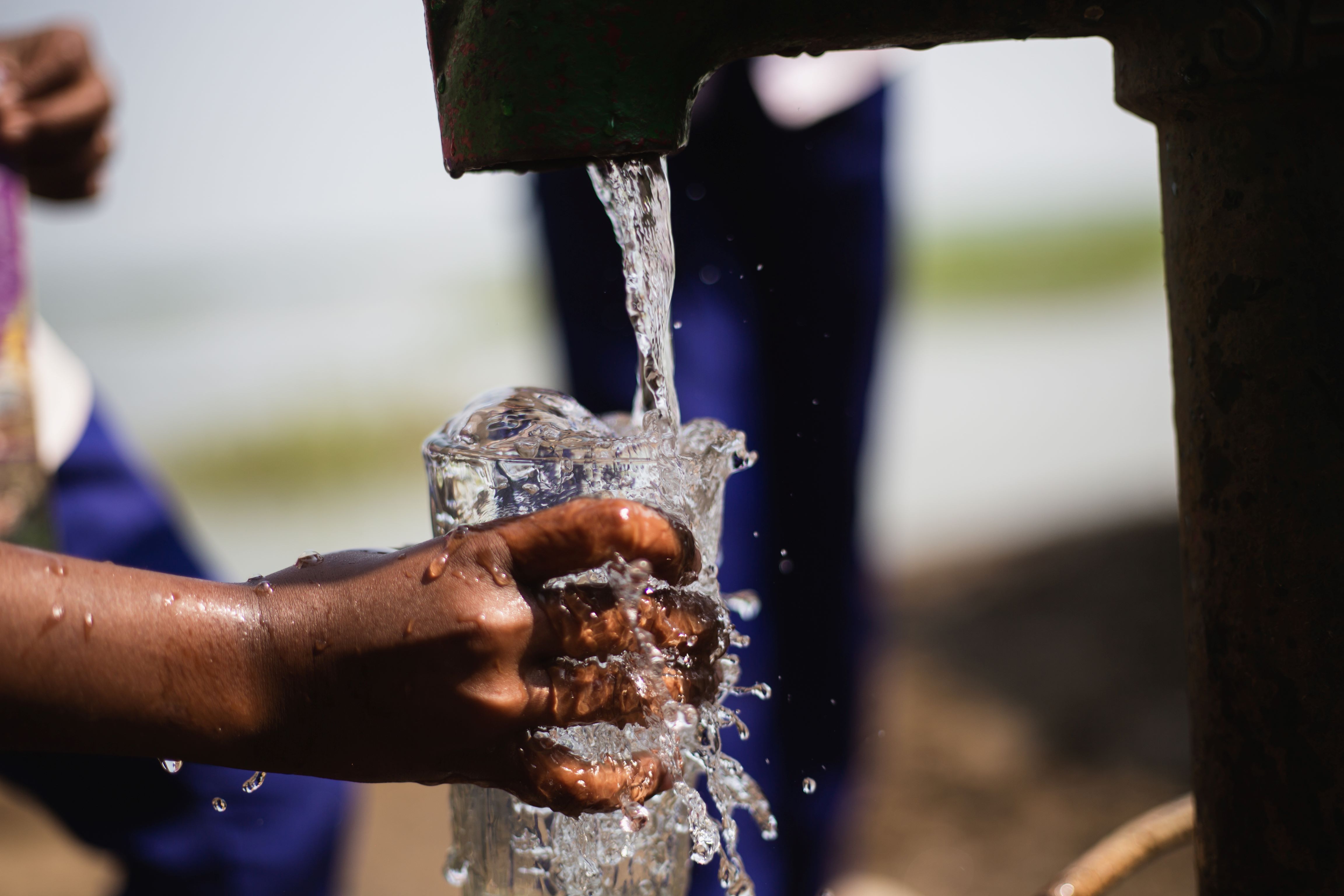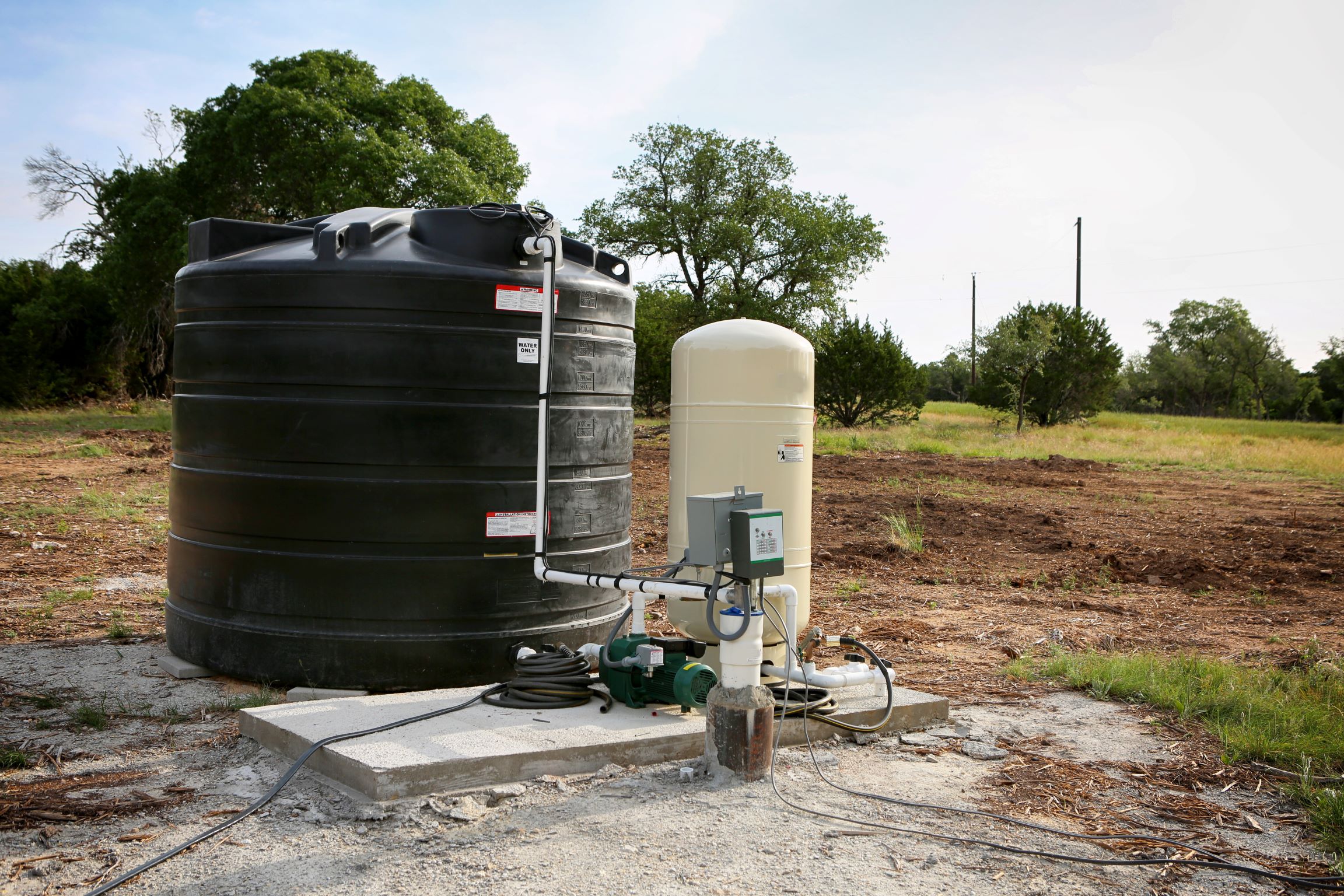For many people, especially in the urban areas, accessing water is as easy as opening the tap. But some individuals aren’t as lucky—especially those living in rural areas or remote communities, where municipal water systems may not be as efficient.
The United Nations says water use has more than doubled the rate of population growth in recent years. In fact, two-thirds of the global population is facing water supply issues because of excessive use, population growth, and climate change. It’s estimated that around 1.8 billion people will face water deficiencies by next year.
With the impending water crisis, it’s important to be smart about water supply management, saving money, and helping the environment—and this is where a well water harvesting system can help. But what is it, and why do you need one? Let’s drill into these questions and find the answers below.
Understanding a well water system
Let’s start with understanding the basics. Well water harvesting is a method used to collect, store, and consume more water from low-producing wells. It boosts your groundwater supply by making water collection more efficient while preventing over-pumping. Several solutions exist, ranging from traditional to high-tech mechanisms, with most consisting of the following primary elements:
- A well (newly drilled or existing)
- A submersible pump
- A filtration system
- A pressure tank
- Distribution pipes into your home
Advanced well water harvesting systems are often fully automated, while conventional options need more extensive human intervention for proper management. While not necessarily created equal, these mechanisms provide you with numerous benefits regardless of the option you choose.

The many uses of harvested groundwater
Many people think that the global water shortage is caused by diminishing water supply. While global warming plays a huge role in water scarcity, excessive water use is also a primary contributor. In the United States, an average household uses 300 gallons of water, according to the Environmental Protection Agency (EPA). About a third of this is utilized for outdoor purposes.
The harvested water from your storage system can be used for:
- Watering your lawn
- Flushing toilets
- Washing cars or outdoor equipment
- Filling swimming pools and other outdoor water features
- Doing laundry or bathing (use clean water by performing proper filtration and water treatment procedures)
Perhaps you’re wondering, do water collection systems produce potable water? Some high-tech well water harvesting systems have advanced filtration and treatment systems that can produce cooking and drinking water. However, some counties may have strict regulations in using these complementary systems as a primary source of drinking water, so check your local laws to be sure.
The perks of having one
Using a well water collection system to complement your major water source minimizes wastage while providing numerous advantages:
Cost savings
The EPA further states that the average annual water bill for an average American family runs at least USD$ 1,000 a year. But by using water-efficient fixtures and appliances, you can cut down water consumption by 20 percent, translating to an estimated USD$ 380 in annual savings. Imagine how much you can save from using a free water source.
But it doesn’t end there. Some states, like Texas, offer tax incentives for installing a water harvesting system. In Austin City, consumers engaging in water conservation efforts may also qualify for rebates of up to USD$ 5,000 and discounts—on top of the state-implemented tax exemption.
Reduced environmental impact
You’ve probably heard about carbon footprint and how damaging it can be to the environment. But there’s also a water footprint—which indicates the volume of freshwater supply needed to manufacture a product or deliver a service. So, by diversifying your water sources, you can reduce your demand for municipal water systems, which use energy to treat and transport water to residential and commercial consumers.
Increased utilization of groundwater collection systems could also help reduce excessive flooding, especially in urban areas. Using well water for your outdoor needs also means you’re sending water back to the ground instead of depleting the natural water supply. However, when using alternative water sources like well water, it’s important to monitor the pH level of the water to ensure it’s suitable for use, particularly for irrigation or outdoor needs.
Increased water security
Besides frequent supply disruptions, the lack of potable water can lead to public health issues, including water-borne diseases. A well water harvesting system enables you to be less dependent on major water systems, allowing you to fulfill your water needs without the fear of contamination. And in times of water supply restrictions or emergencies, you’ll have peace of mind knowing you have an ample supply of clean water on hand.
Boosting property value
A well water collection system installation might require upfront costs, but it provides significant returns, including one you might not have considered: an increase in your home’s value. For one, property assessment generally includes any additional structure that increases the functionality and aesthetics of your home—provided it’s in tip-top shape. And, as home buyers become more eco-conscious and are leaning towards off-grid living situations, this added feature can be a major selling point if you’re putting your property on the market.
Water harvesting provides benefits that start with its first use. Beyond reducing your water bill, it gives you peace of mind knowing you have a steady supply of water without straining resources.
Taking the first step
Boosting your groundwater collecting system might sound complicated, but it really isn’t. The process typically involves:
- Site assessment and water table evaluation
- Obtaining the necessary permits
- Well drilling (if needed)
- Installing the pump and pressure tank
- Setting up filtration and treatment systems
- Connecting to your home’s plumbing system
Many systems, especially advanced ones, can be installed within a few days and with fewer disruptions in your daily activities or property. With proper planning and working with professionals, you’ll have everything up and running in no time.
Keeping your system functional
But does maintaining well water collection systems take too much hassle? Once your structure is up and running, you simply have to:
- Test water quality annually
- Inspect and service the pump regularly
- Replace filters as recommended
- Monitor water levels and recharge rates
- Keep the wellhead area clean and accessible
Proactive maintenance is key in optimizing your investment. It requires more involvement than relying on municipal water, but the additional control over your water supply makes it worthwhile. Expert help is also easily available for thorough water testing and system performance.

Final thoughts
Water shortage can become a serious issue in the future if we don’t do something about it. By installing a well water harvesting system in your property, you can get significant savings and increased self-sufficiency, without harming the environment.
With these benefits, you’re not just benefitting as a consumer—you’re also paving the way for a more sustainable future. It’s a win-win solution that helps you, your community, and the planet.








